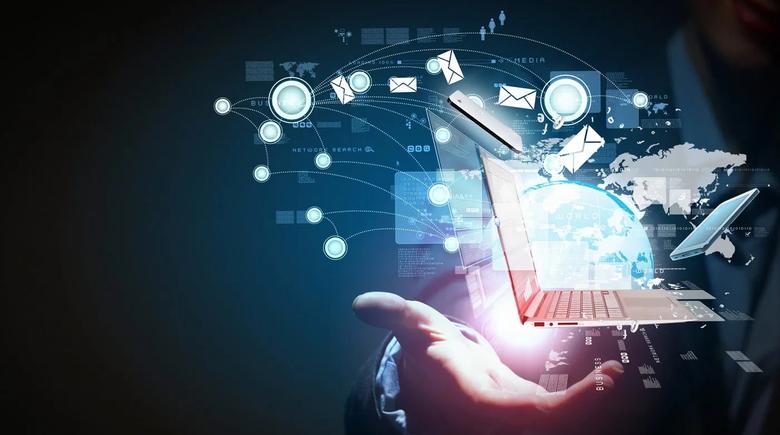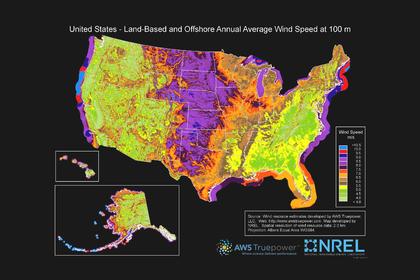
5 BIG TRENDS IN UTILITY TECHNOLOGY FOR 2020

ENERGYCENTRAL - Technology continues to grow in its importance in all industries, including the utility sector. Utilities face special challenges as they try to meet increasing demands from customers, regulators, and a market that’s becoming increasingly diverse. Executives at each utility must determine which technologies make sense to meet its specific goals and, in 2020, there will be plenty to choose from. Those listed here are just a sampling of the many options available.
1. Artificial Intelligence
The Grid of the Future is increasingly here now and involves many types of devices that all collect large amounts of data. To process that data, and derive actionable information from it, utilities need artificial intelligence (AI) systems that can identify meaningful patterns and convert them to useful insights.
According to a recent KDnuggets article, there are four primary areas in which AI can be useful for utilities:
- Easing the transition to renewable energy by assessing the output of planned renewables projects alongside the likely demand for that output.
- Preventing power outages by predicting the conditions that cause them.
- Learning more about customers and their needs by analyzing usage patterns sent by connected home devices such as thermostats.
- Reducing waste by monitoring grid equipment.
2. Digital Twins
According to the Utility Analytics Institute, “Digital twins are virtual models of assets that can be used to gain both real-time and predictive insights on performance. As a platform, they can live in the cloud, and significantly reduce costs and risks associated with construction, maintenance, and performance optimization strategies.” Digital twins also offer the opportunity for utilities to better integrate distributed energy resources (DERs).
In an article published on LinkedIn, Gregory McKim, CTO – Energy, Environment, and Utilities at IBM, points out that digital twins also have a very human advantage. He writes, “We’ve heard for years now about experienced personnel ‘aging out;’ we can capture their knowledge and history experiences of these valuable ‘assets’ in the digital twin, as well.”
3. Edge Computing
Edge computing involves putting processing devices closer to the subjects of analysis. For example, the sensors that collect data from grid components can send that data to nearby computing “outposts” rather than a distant cloud-based system. This process creates faster and more efficient data analysis, leading to quicker responses to equipment in need of updates or repair.
4. Security
A recent BizTech article states, “The energy sector has become a favorite target for cyber attackers, and utilities need to proactively protect their infrastructure to ward off disaster.” An extreme version of such a disaster could include extended power outages for large populations and interference with local and national financial, transportation, and water and sewer systems. Communications could be severely impaired as well.
Utilities have many methods available to guard against such intrusions. They include evaluating assets to determine the vulnerabilities of each and implementing the appropriate technology and processes to counteract them. To maintain the highest level of security, utilities should also assign specific personnel to oversee these processes and perform regular testing.
5. Blockchain
Blockchain technology has the potential to support peer-to-peer energy exchanges by logging transactions between groups of people who don’t necessarily know or trust each other. The online ledger created by a blockchain-powered system allows, for example, neighbors with DERs to “exchange excess energy between themselves [in a way that] entirely bypasses their local utility,” as I explained in a recent article on the topic. I further describe how the “platform includes multiple layers of security, promoting trust in the technology to maintain ‘one version of the truth.’”
At this point, the technology is still very new but projects like the Brooklyn Microgrid are providing early examples of its potential.
With these technologies and many more, utilities will have a wide range of options in the coming year to gain efficiencies, save money, better serve customers, protect the power infrastructure, improve and evolve, and continue to build the grid of the future.
---
This thought leadership article was originally shared with Energy Central's Utility Management Community Group. The communities are a place where professionals in the power industry can share, learn and connect in a collaborative environment. Join the Utility Management Community today and learn from others who work in the industry.
-----
Earlier:











